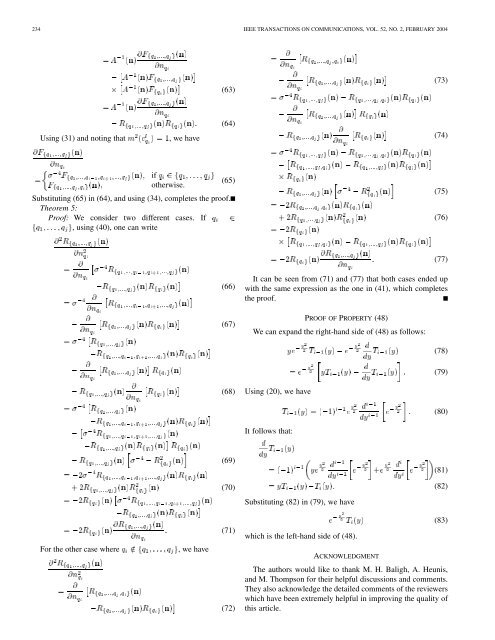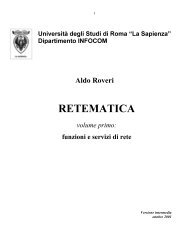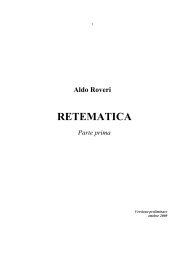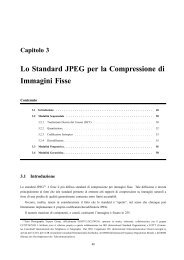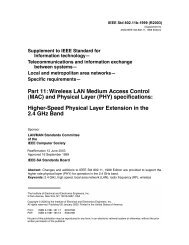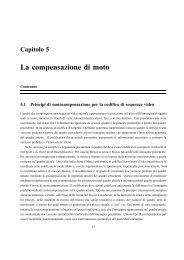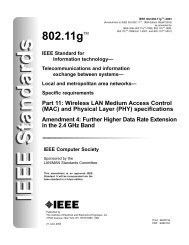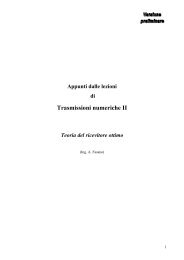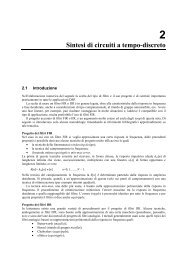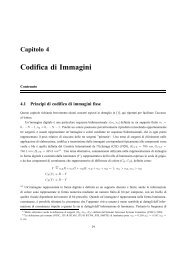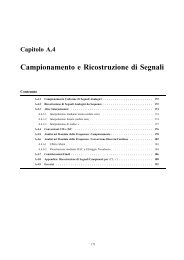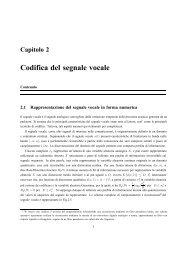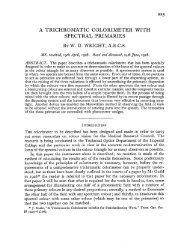An Analytical Method for Approximate Performance ... - IEEE Xplore
An Analytical Method for Approximate Performance ... - IEEE Xplore
An Analytical Method for Approximate Performance ... - IEEE Xplore
You also want an ePaper? Increase the reach of your titles
YUMPU automatically turns print PDFs into web optimized ePapers that Google loves.
234 <strong>IEEE</strong> TRANSACTIONS ON COMMUNICATIONS, VOL. 52, NO. 2, FEBRUARY 2004<br />
Using (31) and noting that ,wehave<br />
(63)<br />
(64)<br />
if<br />
otherwise.<br />
(65)<br />
Substituting (65) in (64), and using (34), completes the proof.<br />
Theorem 5:<br />
Proof: We consider two different cases. If<br />
, using (40), one can write<br />
For the other case where ,wehave<br />
(66)<br />
(67)<br />
(68)<br />
(69)<br />
(70)<br />
(71)<br />
(72)<br />
(73)<br />
(74)<br />
(75)<br />
(76)<br />
(77)<br />
It can be seen from (71) and (77) that both cases ended up<br />
with the same expression as the one in (41), which completes<br />
the proof.<br />
PROOF OF PROPERTY (48)<br />
We can expand the right-hand side of (48) as follows:<br />
Using (20), we have<br />
It follows that:<br />
Substituting (82) in (79), we have<br />
which is the left-hand side of (48).<br />
ACKNOWLEDGMENT<br />
(78)<br />
(79)<br />
(80)<br />
(81)<br />
(82)<br />
(83)<br />
The authors would like to thank M. H. Baligh, A. Heunis,<br />
and M. Thompson <strong>for</strong> their helpful discussions and comments.<br />
They also acknowledge the detailed comments of the reviewers<br />
which have been extremely helpful in improving the quality of<br />
this article.


